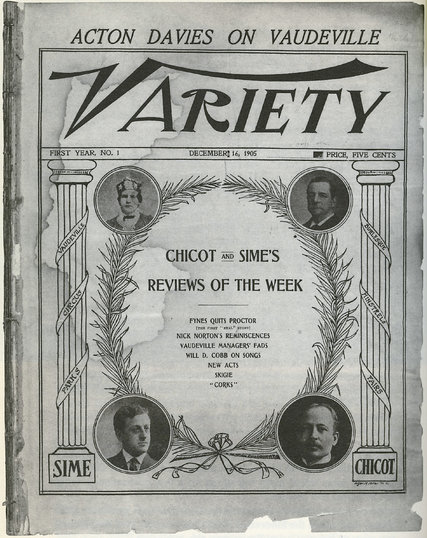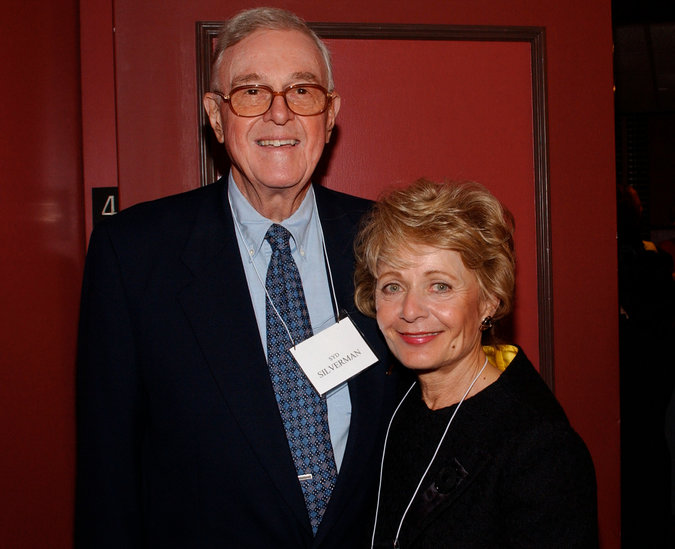But some analysts fear that the government is going too far, giving employers too much of an upper hand and greatly eroding the power of unions, prompting at least one of them to promise a nationwide strike.
Mr. Macron’s changes make it easier to hire and fire workers and allow some workplace issues to be negotiated at the company level, rather than with national unions, in hopes of stimulating both growth and job creation. The government focused especially on smaller businesses with fewer than 50 employees — the majority of French businesses — which have complained bitterly about excessive red tape and regulations.
“This reform brings a radical change, a big bang in the functioning of the French labor market,” said Gilbert Cette, an economist at the University of Aix-Marseille. “This is a new approach that turns the market upside down completely,” he said, referring to the decentralization of labor negotiations especially for smaller companies.
The step by France was also important to Europe, where far-right and populist forces have fed on economic stagnation as well as on the disruption caused by globalization. The new step by Mr. Macron tries to answer both those challenges, belatedly, on France’s own terms.
France had put off fundamental changes to revitalize its economy far longer than its European Union partners. Germany crossed that Rubicon in the 1990s under Chancellor Gerhard Schröder. More recently, painful changes were forced upon a host of other nations by the euro and debt crisis.
“There’s no long term sustainability for the eurozone if France is not managing to reform structurally like for example what Spain did, what Portugal did a bit, what Ireland did,” said Karel Lannoo, the chief executive officer of the Center for European Policy Studies, a research organization in Brussels.
“If one of the core partners doesn’t reform or just piggybacks off Germany, then one day or another, the currency collapses,” Mr. Lannoo warned.
Advertisement
Continue reading the main story
Others agreed.
Roughly 15 years ago, “France and Germany had economies that were more or less comparable, and that ceased to be the case because the Germans wisely did micro-reforms and the French did not,” said Sebastian Mallaby, senior fellow for international economics at the Council on Foreign Relations.
So the French ended up with “high unemployment, which fed populism, and getting out of that trap is vital to a country where the ratio of public debt to G.D.P. on current trends would eventually turn France into Italy,” Mr. Mallaby said.
A more economically sound France will have more influence with Berlin, and could help soften Germany’s “rather inflexible economic policy for the rest of the E.U.,” he added. In the last few years, “we could have done with more France and less Germany.”
But there is little doubt that for France the changes will bring both opportunity and risk.
“We are entering into an economy built on innovation, skills, digitalization,” said Mr. Macron in an interview Thursday with the weekly newsmagazine Le Point.
“To succeed in this world we need an economy that is much more flexible, much faster moving.”
Employees will no longer have jobs that last for a lifetime, but periods of unemployment are more likely to be temporary and go in hand-in-hand with more frequent job changes and retraining, he said.
Among the changes in the decrees published Thursday is license for employers to negotiate with workers over certain workplace issues rather than having to follow industrywide agreements. That will allow a car parts factory in one region to have a different agreement with its workers than a similar company elsewhere.
Small companies especially are being given more leeway to bargain directly with workers or their representatives, without the mediation of unions.
Not everyone saw the changes as positive ones.
“Macron has amplified something that has been in the air for a bit: to move labor negotiations closer to the ground,” said Michel Pigenet, a historian of work and social movements at the Sorbonne, one of France’s most prestigious universities.

“But closer to the ground, it’s a fact that unions are weaker,” he said. “Thus the negotiation is certainly going to become less balanced.”
Advertisement
Continue reading the main story
Unlike several French leaders before him, Mr. Macron was able to push through the changes so quickly because he had — controversially — circumvented parliamentary debate by persuading lawmakers to allow him to make the changes by decrees.
Since his party had a majority in the National Assembly, the lower house of Parliament, and the opposition on both the left and right are divided among themselves, winning assent for the decrees was scarcely in doubt.
Newsletter Sign Up
Continue reading the main story
Thank you for subscribing.
An error has occurred. Please try again later.
You are already subscribed to this email.
The labor changes were then discussed with businesses and unions behind closed doors. They were unveiled Thursday and will go into effect after they are officially adopted at a cabinet meeting on Sept. 22, then signed by Mr. Macron and officially published.
Parliament has to ratify the provisions in the decrees in the coming months for them to become law, but at this stage that is not expected to be difficult.
Leaders of one major union, the General Confederation of Labor, or CGT, said that the changes were as bad as they expected, and that they would go ahead with a national strike on Sept. 12. Though the demonstration could be volatile, it is not expected to block the changes.
More moderate unions were more cautious, accepting some of the government’s compromises, but worrying about other provisions. Business groups struck a more optimistic note.
The relative equanimity came in large part because the Macron government went to great lengths to consult with everyone whose interests would be affected by the changes, holding more than 100 meetings since May to discuss the different provisions.
“We multiplied the meeting with the social partners and did not exclude anyone,” said Édouard Philippe, the prime minister, referring to both unions and employers, who were briefed on the final version just before the measure was detailed in a televised news conference.
Advertisement
Continue reading the main story
Two larger unions, the CFDT and Force Ouvrière, have already announced although they were not completely satisfied with the changes, they would not take part in the Sept. 12 protest.
The decision by Force Ouvrière was significant because last year when François Hollande, then the president, tried to win approval for changes in France’s labor laws, its members took to the streets along with the most hard-line union, the CGT.
This year it is different, there was “real consultation” said Jean-Claude Mailly, Force Ouvrière’s leader.
“There were things we got, there were things we avoided and there are things we don’t agree with,” he said, adding that his union had to thoroughly study the changes.
The economist Gilbert Cette and others, including Agnès Bénassy-Quéré, president of the semi-independent Council on Economic Analysis, which reports to the prime minister, warned that the impact would probably not be immediate.
Ms. Bénassy-Quéré said that while there might be more job creation, it could be offset by more workers being fired in the near term. “The short-term impact is not completely clear,” she said, adding, “It will encourage hiring but also could free employers to fire. It’s double-edged: The goal is to make the market more fluid.”
“Macron wants to break with the old system,” Ms. Bénassy-Quéré said, adding that the fluidity would mean that while at first more people might experience periods of unemployment, the hope is that it will be short term.
France lags behind the rest of Europe in its ability to lessen its long-term unemployment, which hovers at about 4.2 percent, according to the Organization for Cooperation and Economic Development.
Advertisement
Continue reading the main story
Overall unemployment is about 10 percent, but more than twice that for young people. In some areas of the country, especially the poorer suburbs of major cities, as many as 40 percent of youths are unemployed.
While some optimism surrounded the changes, the country still had more work to do, most economists agreed.
“We cannot wait for this reform to be the solution to France’s problems,” said Mr. Cette, noting that labor reforms cannot take three or four years to have the desired impact.
“It is one element along with tax reform, education and professional training that will have an effect,” he added, “but on its own, it’s not enough to bring us back to full employment.”
Correction: August 31, 2017
An earlier version of this article misspelled the surname of the president of the Council on Economic Analysis. She is Agnès Bénassy-Quéré, not Bénnassy-Qéueré.
Continue reading the main story
Article source: https://www.nytimes.com/2017/08/31/world/europe/macron-france-labor-law.html?partner=rss&emc=rss







